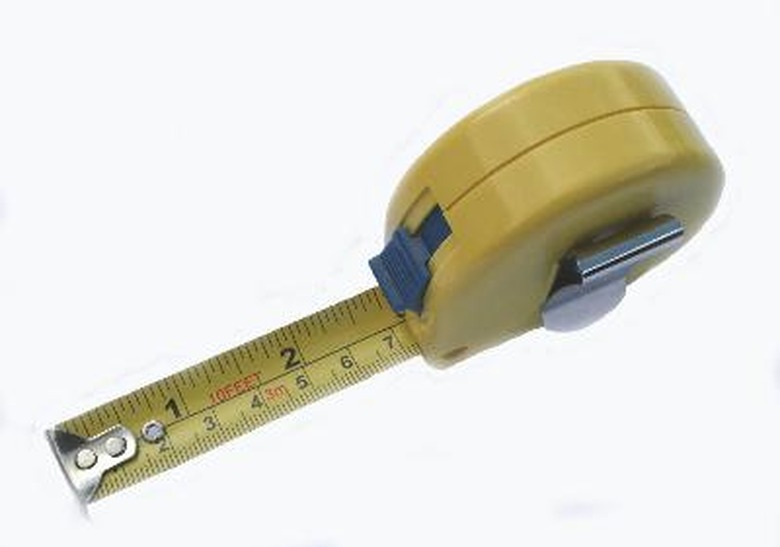The Cheapest Way To Insulate A Garage
Insulating a garage is a task you can perform yourself with a small budget even if you possess little to no insulating experience. With a bit of planning, some basic tools, and moderate mechanical skills, you can insulate your own garage quite easily.
Options
Options
Choosing the cheapest type of insulation for your garage will depend on a few factors, such as the climate you live in and the construction of the garage itself. All insulation is rated with an R-value, which indicates the material's ability to resist heat conduction. A higher R-value means that the material insulates better and is optimal for colder climates. Consult with a professional to determine what R-value will be the most beneficial for your location.
The two most popular materials for garage insulation are cellulose and fiberglass roll insulation. Fiberglass roll insulation is easily unrolled and installed on horizontal surfaces, but for vertical surfaces it must be installed behind the walls, which makes it preferable for garages that have not been fully constructed. Cellulose insulation is a recycled loose-fill insulation that can be blown into walls and attics, making it the ideal choice for garages that have been finished.
Fiberglass Roll Insulation
Fiberglass Roll Insulation
Fiberglass roll insulation is the cheapest and easiest type to install, provided that your garage's interior walls have not been constructed. Unroll the insulation between the wall studs with the vapor barrier facing the inside of the garage. Use a staple gun to set 1/2-inch staples every 2 feet along the edge of the insulation into the studs so that it stays snug. For attics and horizontal surfaces, simply unroll the insulation between the joists and allow it to lay flat — it is not necessary to secure it down with any fasteners. It is important not to compress fiberglass roll insulation because it will lose some of its insulating effectiveness.
Cellulose Insulation
Cellulose Insulation
Cellulose insulation will cost a bit more to install because you will probably have to rent an insulation blowing machine. It still remains the cheapest option, however, if your garage is already finished with interior walls. Use a staple gun with 3/4-inch staples to attach rafter vents into the wood framework adjacent to any soffit vents. The rafter vents will prevent any cellulose insulation from blocking airflow into the soffit vents.
Prepare an insulation blowing machine according to the manufacturer's instructions and route the output hose into the crawl space above the garage. Start the machine and manipulate the hose from the crawl space so that the cellulose insulation is blown downward into the vacant wall spaces. Each space along the perimeter of the garage should be filled to the top with the cellulose insulation. After all walls are completely filled with insulation, continue blowing the material onto the attic floor to insulate the ceiling.
